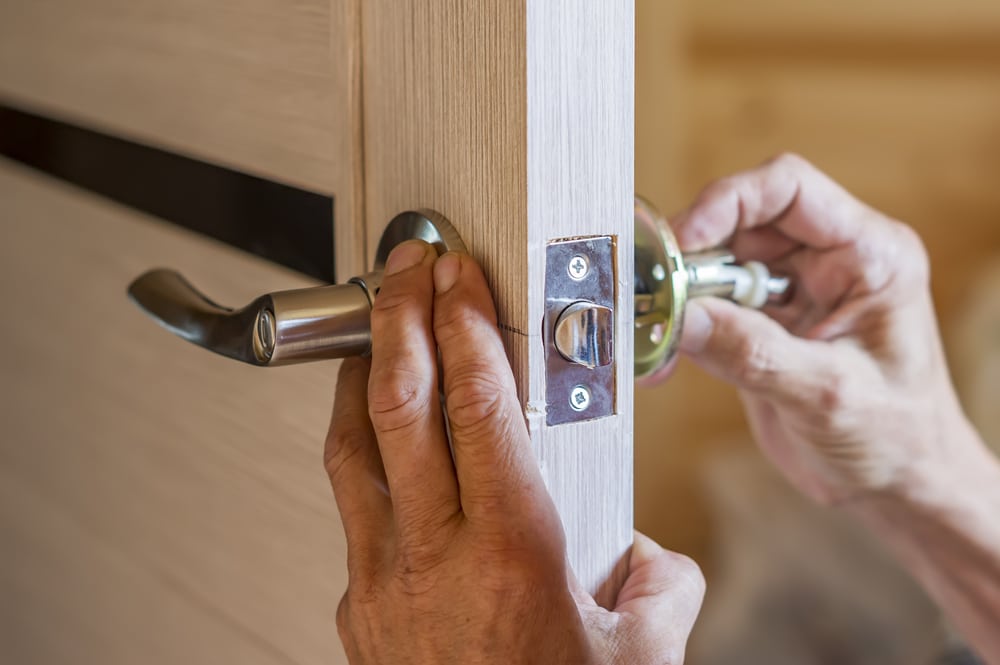The country singer Willie Nelson once said:
You know why divorces are so expensive? They’re worth it.
But exactly how expensive they are varies, especially when it comes to property.
So, when selling your house during a divorce, understanding how it should be split matters.
Steps to take when selling a house during a divorce
If you and your ex-partner decide to sell your shared home, there are several vital steps to follow.
1. Agree on sale & sale details
First, you must both agree a selling price (different to asking price) and choose an estate agent.
Select an agent with experience dealing with divorce sales.
2. Prepare property for sale
Next, you’ll need to prepare the property for sale. This may involve minor repairs and staging the home.
Working together with your ex-partner during this process is essential, even if it isn’t easy for you both. It can help you achieve a quicker sale and a better selling price.
3. Splitting proceeds
Once you’ve accepted an offer on your home, you must decide how to split the sale proceeds.
This typically involves:
- Paying off any outstanding mortgage debt
- Dividing the remaining funds.
Can one person buy the other one out?
Sometimes, one person may wish to remain in the shared home. They can buy out their ex-partner’s share of the property.
This can be a good option if you have children together. It minimises the disruption to their lives. Or if you have a strong emotional attachment to the property.
To buy out your ex-partner, you’ll need to first determine the value of their share in the property. (See below.)
You may need to refinance the mortgage on the home. Or take out a new loan to cover the cost of buying out your ex-partner’s share.
It’s crucial to have a formal agreement outlining the terms of the buyout. This includes:
- Any future obligations for you both
- Any restrictions on selling the property.
You should consult a financial advisor and work with a solicitor. The latter will to draft a legal agreement which includes details such as:
- The buyout price, payment terms
- Any conditions related to the future sale of the property.
How to calculate a house buyout during a divorce
There are several factors involved in calculating a house buyout during a divorce.
These typically include:
- The value of the property
- The outstanding mortgage
- Any other debts secured against the property.
Valuation
The first step is to have the property valued by a professional, such as an estate agent or surveyor.
This valuation will give both parties an accurate understanding of its worth.
Consider other factors
Outstanding mortgage and any other debts secured against the property must be considered.
Equity is the property’s value minus outstanding mortgage and other secured debts.
When one partner wants to buy out the other, they must pay the other partner their share of the property’s equity.
Example of house buyout
For example, if the property is worth £300,000, and the outstanding mortgage is £200,000, the equity is £100,000. If the couple agrees to split the equity equally, each party would be entitled to £50,000.
In this example, they would need to pay £50,000 to buy out their partner’s share of the property and become the sole owner.
Suppose they are unable to afford to pay the total amount. In that case, they may need to consider other options, such as:
- Remortgaging the house
- Releasing equity.
Joint tenancy vs tenants in common
When it comes to owning a property together with your spouse, there are two main types of ownership:
- Joint tenancy: Both partners own the entire property together
- Tenants in common: Each partner owns an equal or unequal share of the property.
Inheritance
If one partner joint tenancy partner passes away, their share passes to the other. A will or testament has no bearing on this.
So, this arrangement is common among married couples. After all, most want to ensure that their spouse inherits the property in the event of their death.
Tenants in common ownership works differently in this scenario. A share does not automatically pass to the other partner.
Instead, it becomes part of their estate and is given to a named beneficiary.
(This is a different issue to ex partners’ rights to inheritance separate to marriage.)
Divorce
During a divorce, tenants in common arrangements make dividing property easier. Each partner’s share is clearly defined and separate from the other.
However, it’s essential to have a formal agreement outlining split terms, including:
- Buyout arrangements
- Property sale.
What is a Mesher Order?
A Mesher Order (also known as an Order for a Deferred Sale) is a type of court order for postponing shared home sales.
It is set based on when a specific event occurs.
For example, it can postpone the sale of the home until:
- Your youngest child turns 18 or 21
- All your children have completed their full-time education.
Its main benefit is that it allows one partner to remain in the property with the children. Plus, the other partner retains their share of the equity.
The partner in the property is usually responsible for the mortgage and maintenance.
When the specified event occurs, the property is sold. The proceeds are divided between the partners according to their agreed-upon settlement.
Mesher Orders are worth considering for children’s stability and well-being.
But first consider the long-term financial implications of this arrangement. It can delay the division of assets. And it will likely impact both partners’ ability to move and buy new properties.
What is a ‘charge back’ during a divorce?
A chargeback is an agreement you can use when one partner buys out the other partner’s share of a shared home.
The bought out partner out retains a percentage of the equity in the property. Its paid back to them upon the occurrence of a specified event, such as:
- When the property is sold
- The buying partner’s remarriage.
It’s a good option in certain scenarios. For example. if one partner wants to stay in the property but cannot afford to buy out their ex-partner’s total share upfront.
It’s essential to have a formal agreement outlining the terms of the chargeback. This include any interest payments or time limits on when you must pay the charge.
Example chargeback scenario
For example, say one partner owns 60% of the property and the other owns 40%. The 60% partner may buy out the 40% partner for half of the current equity.
The 40% partner would then have a 20% ‘chargeback’ on the property, which they would pay when they sell the property.
Each divorce is different
Splitting a house during a divorce can be a complex and emotional process. But understanding your options helps you make the best decision.
Each divorce is different. The different solutions available reflect this:
- Selling the property and divide the proceeds
- Buy out an ex-partner’s share
- Mesher Orders
- Chargeback arrangements.
Either way, it’s crucial to work with experienced professionals.


















